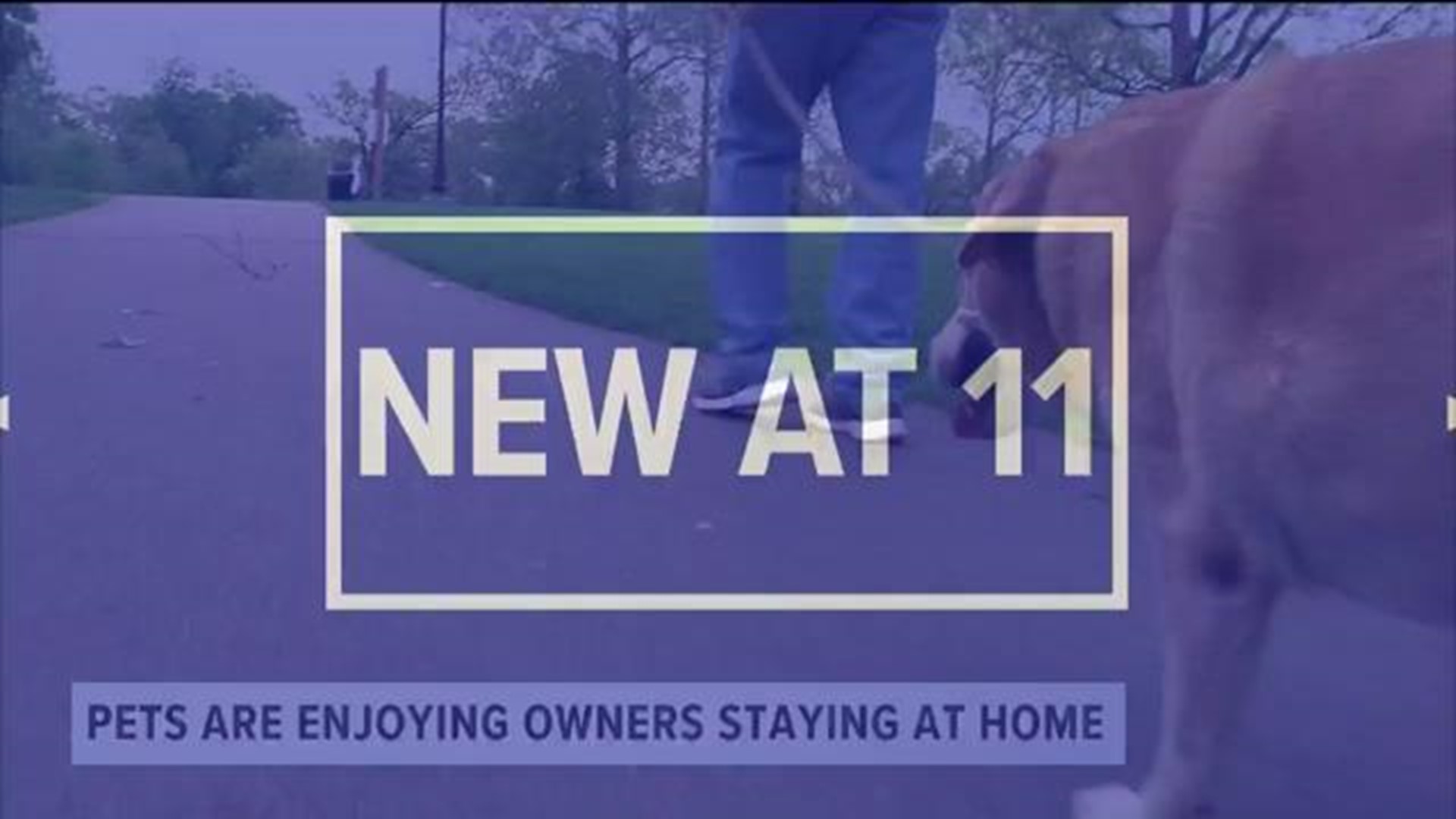COLUMBUS, Ohio (10TV) - The stay-at-home order means more time around your pets, but as orders are lifted and we spend less time at home, animal experts say your pets could experience separation anxiety.
Dr. Leanne Lilly is an Assistant Professor of Behavioral Medicine at OSU's Veterinary Medical Center. She said separation anxiety is relatively common.
"Some degree of separation-related problems may affect maybe half of pets - at least dogs," Dr. Lilly said. "Cats, we don't have a great sense of that. We suspect it affects more cats than we know about."
Dr. Lilly said this pandemic can present challenges for your pet, especially when we are no longer home all the time.
"We know schedule changes and household changes are actually very common causes of separation anxiety," she said.
OSU's Veterinary Medical Center provided some signs to look out for in your pet:
- Barking, crying, whining
- Pacing
- Drooling
- Destruction
- Defecation/urination
If these things are happening, you need to work with your pet to help them adjust before you head back to work. These are things you can do:
- Practice leaving them at home around the time you would normally leave for work
- Keep your trips short at first, e.g. 20 minutes while you go for a walk or go to the store
- Set up some sort of camera to capture video of how your pet reacts while you're away
If your pet is showing signs of stress, you can try giving them a treat before you go or playing relaxing music. There are also medications available as a possible treatment. Experts say by addressing anxiety, we are helping improve our pets' overall health.
"Cumulative stress we know is not good for the immune system," Dr. Lilly said. "It's potentially not good for the GI tract. It can also damage the human-animal bond."
If you are worried about your pet's behavior, give the vet a call.
"We would much rather take a phone call and find out that really isn't a big deal ... than not get the phone call and have to see you when it's a crisis," Dr. Lilly said.
To learn more about separation anxiety in pets, click here.

